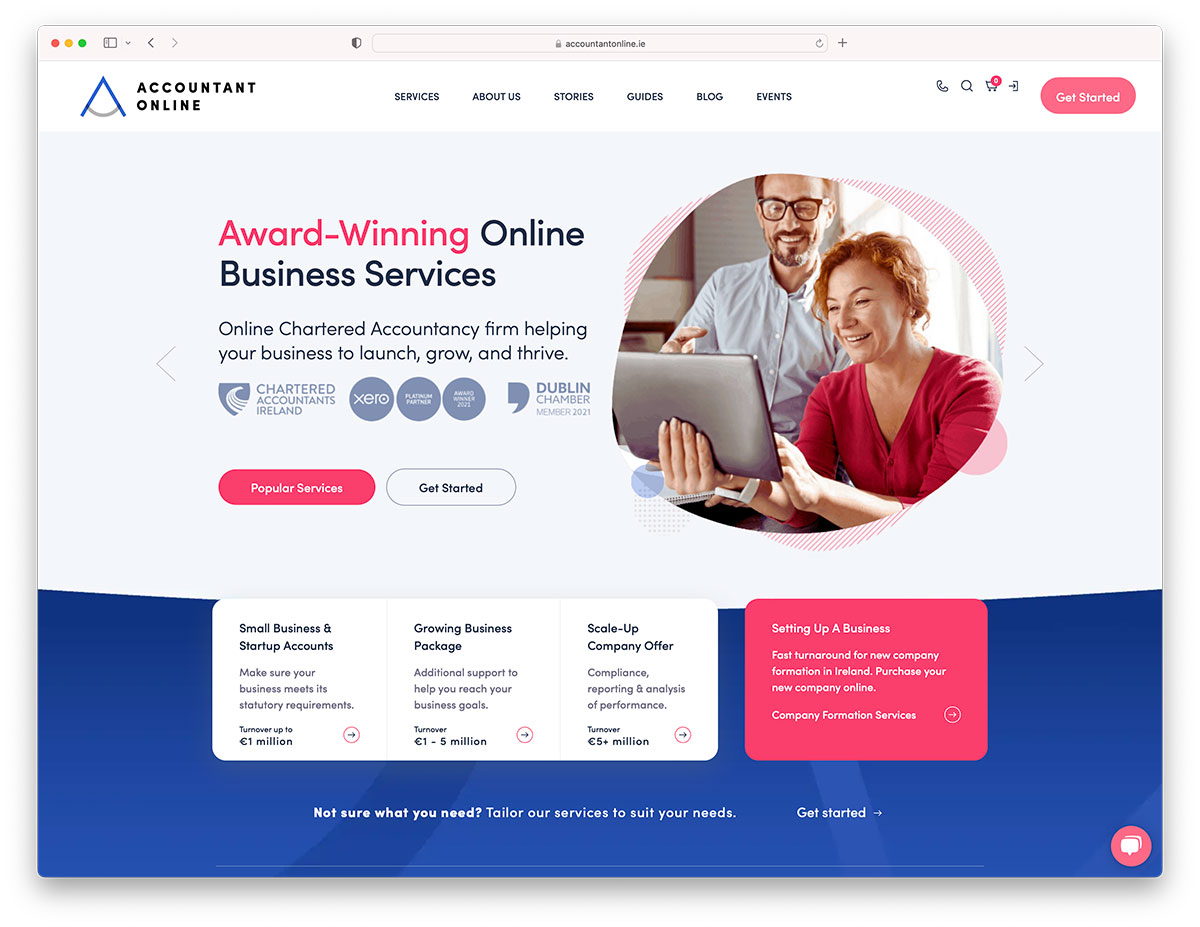Transform Your Online Existence: Top Trends in Modern Website Layout
In the developing electronic landscape, modern-day site style patterns play a crucial function in shaping just how individuals communicate with on-line content. Minimalist design visual appeals, the surge of dark setting, and a mobile-first strategy are just a couple of aspects that can significantly improve individual experience.
Minimalist Style Looks
Minimal design aesthetics have obtained substantial grip in modern internet site development, as designers seek to produce easy to use experiences that focus on performance. This layout ideology emphasizes simplicity, stripping away unnecessary components to concentrate on crucial material. By minimizing interruptions, internet sites can enhance individual involvement and facilitate much easier navigation.
The hallmark of minimal design consists of the effective use whitespace, which gives a well organized and tidy design. This technique not just enhances readability however likewise highlights crucial info and phones call to activity. Shade palettes in minimal layouts frequently feature neutral tones, enabling striking contrasts that guide the individual's interest to important features.
Typography also plays a vital function in minimal looks. Developers usually choose understandable and clear font styles that match the general style without frustrating users. Furthermore, performance is focused on via responsive layout, guaranteeing that minimal layouts carry out well throughout different devices.
Inevitably, the minimalist layout method promotes an intuitive individual experience, making it easier for site visitors to engage with material. As companies significantly identify the relevance of efficient on-line visibility, minimalist style continues to be a fundamental pattern in contemporary internet site development.

Dark Mode Appeal
As web developers focus on user experience, dark setting has actually become a popular attribute that enhances visual comfort and minimizes eye strain, particularly in low-light atmospheres. This style fad permits customers to switch the user interface shades from light to dark, giving a more relaxing experience for prolonged use.
The increase of dark setting can be credited to its ability to enhance readability and focus. By lowering glare, it minimizes interruptions and helps customers to engage even more deeply with content. Additionally, many customers discover that dark styles produce a streamlined, modern aesthetic, attracting both personal preference and branding approaches.
Significant systems, including social media sites and software applications, have adopted dark setting, showing its prevalent approval. Furthermore, study suggests that dark setting can add to battery conservation on OLED displays, making it a functional choice for mobile individuals.
As dark mode remains to gain grip, internet developers must consider its execution in their jobs. Giving users with the alternative to toggle between dark and light settings not only enhances accessibility however also reveals a commitment to user-centric design, eventually causing enhanced contentment and interaction.
Mobile-First Technique
Accepting a mobile-first technique has come to be crucial in contemporary website design, mirroring the expanding dependence on smart phones for web access. website design. With over fifty percent of international internet website traffic originating from tablet computers and smartphones, designers must prioritize mobile individuals to enhance interaction and accessibility
A mobile-first approach includes creating an internet site for smaller screens prior to adjusting it for larger displays. This method promotes simplicity, ensuring that crucial web content is prioritized and conveniently navigable. By concentrating on mobile style initially, developers are urged to simplify functions and get rid of unneeded elements that might mess the individual experience.
Furthermore, a mobile-first way of thinking fosters improved efficiency. Web sites enhanced for mobile devices generally load quicker, as they call for less information and transmission capacity. This not just improves individual complete satisfaction yet also favorably influences online search engine rankings, as website rate is a critical consider SEO.
Furthermore, a mobile-first strategy lines up with receptive layout principles, guaranteeing that internet sites operate effortlessly across various devices and screen sizes. By embracing this approach, businesses can successfully reach their audience, maintain user passion, and eventually drive conversions in an increasingly mobile-centric digital landscape.
Interactive and Immersive Elements
The change toward mobile-first design naturally results in a higher focus on immersive and interactive components, which improve user involvement and produce remarkable experiences. Sites are no longer static web pages; they are dynamic platforms that welcome customers to explore and communicate. This pattern includes a selection of attributes, such as animations, video histories, and interactive infographics, all aimed at recording interest and communicating info in an engaging fashion.
One significant facet of interactive design is using gamification, which integrates game-like aspects into sites to motivate individual participation. This can take the kind of difficulties, quizzes, or benefits, cultivating a deeper link with the web content. Furthermore, including digital or enhanced reality can elevate the user experience, allowing visitors to engage themselves in a brand name's tale or item offering.
In addition, responsive design plays a crucial function in making certain these elements operate flawlessly throughout devices. By focusing on interactive attributes, brand names can create intuitive navigating and individualized experiences customized to user preferences. Eventually, embracing interactive and immersive elements not only enhances the visual charm of an internet site yet likewise drives customer retention and conversion, making it an essential pattern in modern-day site layout.
Sustainability in Internet Design

Furthermore, utilizing sustainable organizing solutions, such as web servers powered by renewable resource, can further mitigate ecological impact (website design). Developers must also think about access in their tasks, making sure that sites are usable throughout different devices and platforms, therefore prolonging their reach and lowering the demand for several versions or redesigns
Another key aspect is using sustainable internet design frameworks and coding methods that promote performance. This includes clean coding, which reduces the amount of information transferred, and taking on Web content Distribution Networks (CDNs) to maximize source distribution.
Eventually, accepting sustainability in website design is not just an ethical selection; it is a strategic benefit that resonates with eco conscious customers, fostering brand loyalty while adding favorably to the planet.
Conclusion
Accepting contemporary trends in internet site layout is crucial for improving on the internet existence. The assimilation of interactive elements fosters much deeper connections with users, while lasting layout techniques straighten with expanding ecological problems.
In the developing electronic landscape, contemporary site design trends play a vital function in shaping just how users interact with on-line material. Minimal design visual appeals, the rise of dark setting, and a mobile-first method are simply a couple of aspects that can significantly enhance individual experience.The shift towards mobile-first design naturally leads to a higher focus on interactive and immersive components, which enhance user interaction and create remarkable experiences.One considerable aspect of interactive design is the usage of gamification, which incorporates game-like aspects into websites to inspire user involvement. Eventually, welcoming immersive and interactive elements not only improves the aesthetic appeal of a web site however additionally drives customer retention and conversion, making get redirected here it a pivotal pattern in contemporary internet site design.
 Kel Mitchell Then & Now!
Kel Mitchell Then & Now! Daniel Stern Then & Now!
Daniel Stern Then & Now! Alisan Porter Then & Now!
Alisan Porter Then & Now! Seth Green Then & Now!
Seth Green Then & Now! Richard Thomas Then & Now!
Richard Thomas Then & Now!